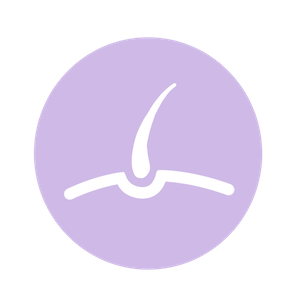Hair growth
Pregnancy symptoms

Pregnancy hormones can increase hair growth and many women notice that their hair is thicker and healthier looking while expecting. Sometimes, however, such hormones cause hair growth in other places too, e.g., face or neck.
Safe hair removal methods
These hair removal methods are safe for pregnant women.
- Waxing
- Tweezing
- Shaving
Hair removal should be done carefully because some pregnant women tend to have more sensitive skin than usual.
Hair removal method that should be avoided
- Laser
- Electrolysis
Many health care providers recommend avoiding laser and electrolysis hair removal during pregnancy because of the lack of information about the effect on the fetus.
Hair Dying
Many women decide to wait to dye their hair until after the first 12 weeks of pregnancy when the risk of chemical substances harming the baby is much lower. If you’re colouring your hair yourself, you can reduce the risk further by making sure you:
- wear gloves
- leave the dye on for the minimum time
- work in a well-ventilated room
- rinse your scalp once the dye is applied
Highlighting your hair, by putting the dye only on to strands of hair, also reduces any risk. The chemicals used are only absorbed by your hair, and not by your scalp or bloodstream.
Semi-permanent pure vegetable dyes, such as henna, are a safe alternative.
Hair growth after giving birth
Your hair should return to normal about six months after giving birth.
Verified:
Dr. Wanwadee Sapmee Panyakat (OB-GYN), license no. 41208 (2 February 2020)



